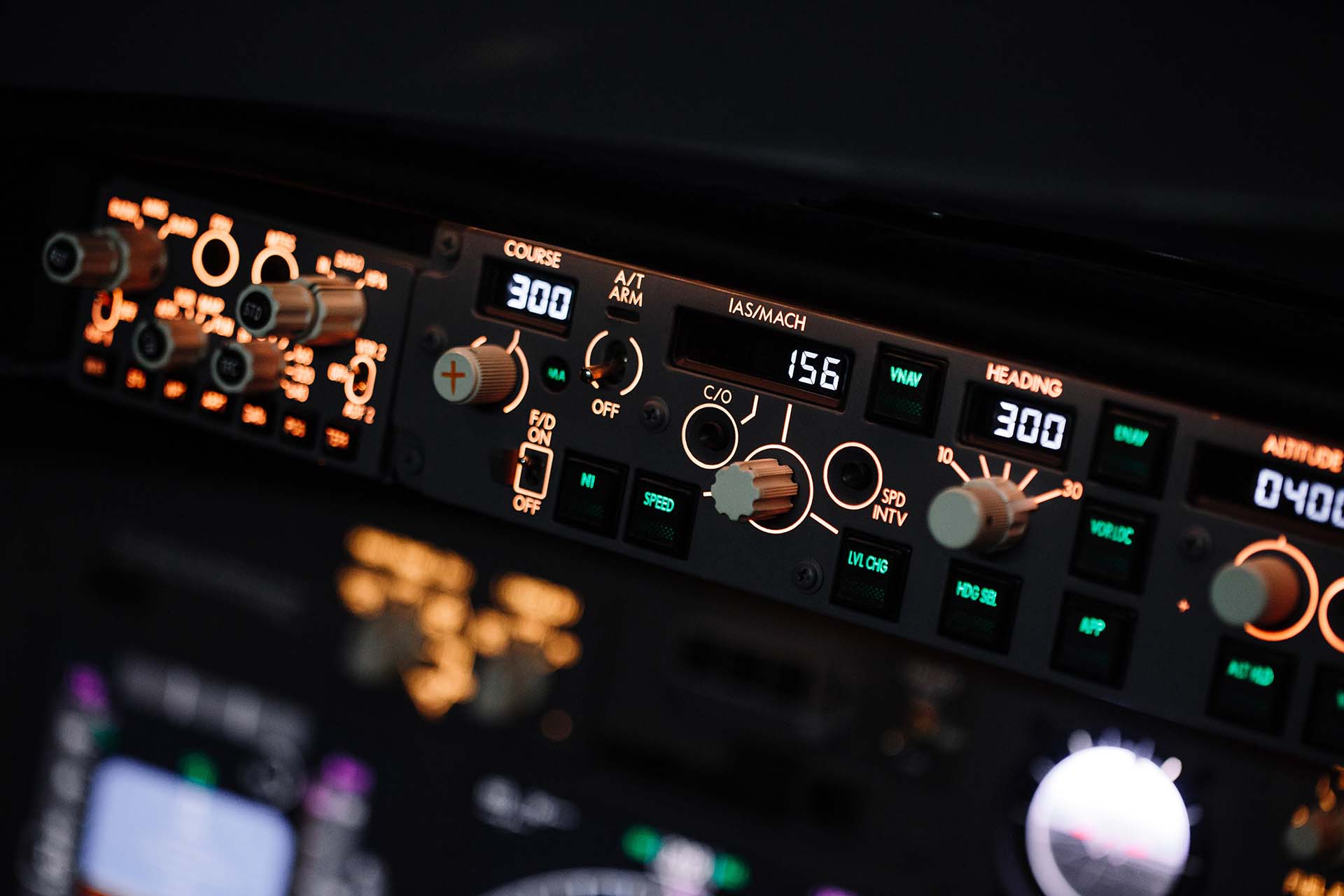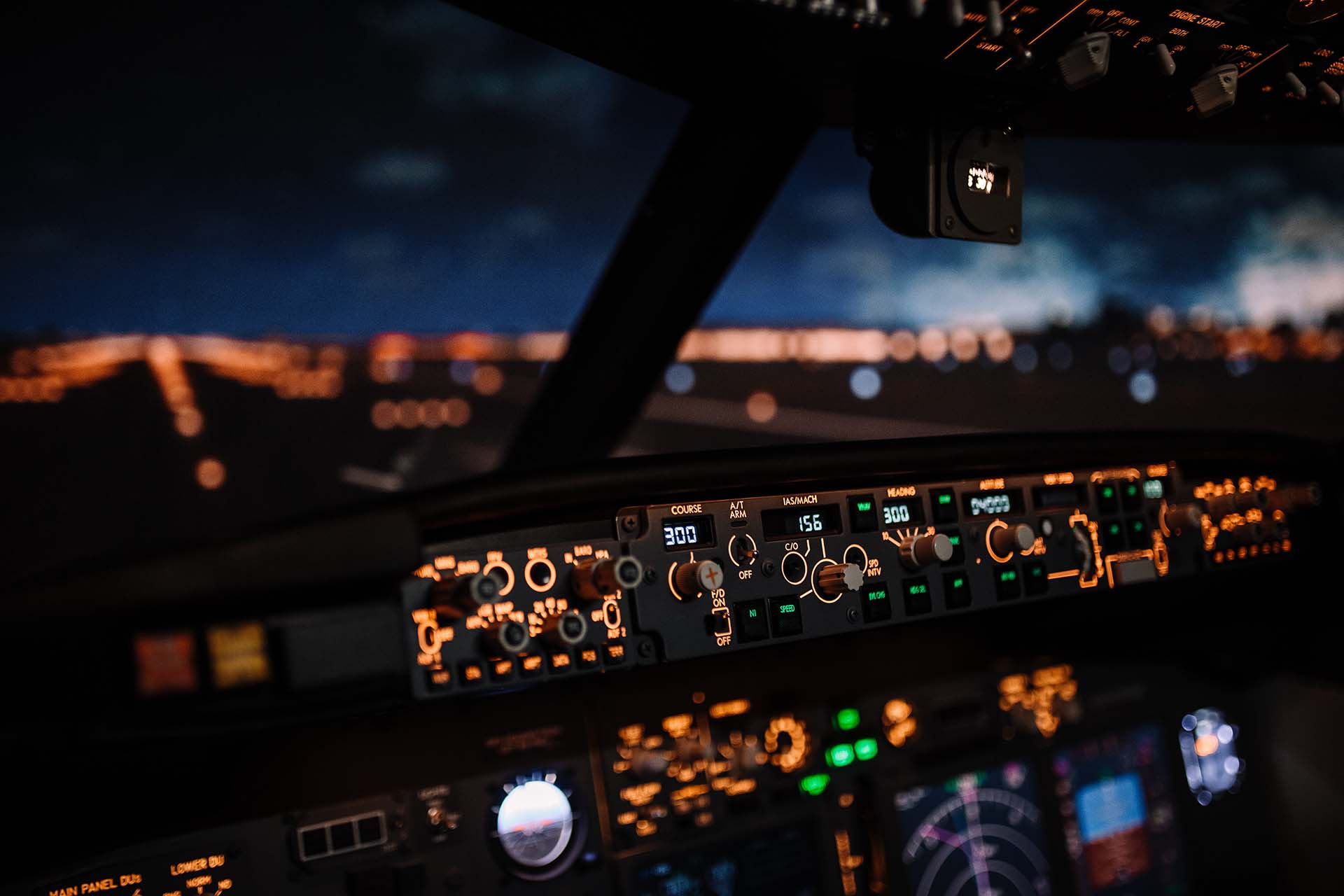Let's Talk About ILS Categories: How I Learned to love the CAT III
You know that feeling when you're approaching an airport and suddenly the fog rolls in? Yeah, that's when these ILS categories become your best friend. Let me break down what actually matters when you're dealing with CAT I, II, and III operations - without the usual aviation jargon overload.
The Problem We're Solving Here
Picture this: You're flying into London Heathrow in December. The weather is doing its typical British thing - fog so thick you could cut it with a knife. Commercial aviation autoland was initially developed in the United Kingdom, as a result of the frequent occurrence of very low visibility conditions in winter in North-west Europe. That's where ILS categories come in, and trust me, understanding the differences can be the difference between landing and diverting to Manchester.

What Even Is an ILS?
Before we dive into the categories, let's get one thing straight. The Instrument Landing System (ILS) is a ground-based radio navigation system that provides precision guidance for an aircraft during the approach and landing phase. ILS uses two directional radio signals, the localizer (108 to 112 MHz frequency), which provides horizontal guidance, and the glideslope (329.15 to 335 MHz frequency) for vertical guidance. Think of it as having an invisible funnel in the sky that guides you right to the runway. Pretty neat, right?
The Categories - Breaking It Down
CAT I: Your Everyday Hero
A CAT I approach is your basic, run of the mill, "two hundred and a half" ILS approach. This is what most pilots fly day in and day out.
The Numbers:
- A precision instrument approach and landing with: a) a decision height not lower than 60 m (200 ft); and · b) with either a visibility not less than 800 m or a runway visual range not less than 550 m.
- It can be hand flown, meaning no autopilot is required and it can be done with theonboard equipment found on most General Aviation instrument qualified aircraft.
Here's the thing about CAT I - it's forgiving. You can hand-fly it, you don't need fancy equipment, and honestly, if you can't see the runway at 200 feet with half a mile visibility, maybe it's time to grab a coffee and wait it out.
CAT II: When Things Get Serious
Now we're talking. A Category II ILS approach provides the capability of flying to minima as low as a DH of 100 feet and an RVR of 1200. This is where the game changes.
What You Need:
- CAT II approaches can go down to 1200 RVR. An autopilot coupled to the ILS must be used.
- The DH for a Category II approach is identified by a preselected height on the aircraft radar altimeter.
Here's what nobody tells you: A good way to think about Category II approaches is that, in general, you needtwo of everything. Two pilots, two sets of instruments, redundancy everywhere. It's like IT infrastructure - you don't realize you need backups until you really, really need them.
CAT III: The Endgame
This is where it gets wild. We're talking about landing when you literally can't see the runway.
CAT IIIa:
- An ILS approach procedure that provides for approach without a DH or RVR not less than 700 feet.
- CAT IIIa minimums are normally RVR 700.
CAT IIIb:
- An ILS approach procedure that provides for approach without DH and with RVR not less than 150 feet.
- CAT IIIb mans that the airplane can do everything a CAT IIIa airplane can do plus it has the ability to stop itself after landing on the centerline of the runway.
CAT IIIc:
- An ILS approach procedure that provides for approach without DH and without RVR minimum.
- CAT IIIc means an actual zero visibility landing because the airplane not only can land and stop itself, but can also automatically taxi in to parking.
But here's the kicker - *From what I know, CAT III C doesn't exist anywhere in the world. The technology is good enough, it is possible to make an aircraft land with no visibility. The problem is for taxiing thereafter and also for fire services in case of incidents/accidents.
The Technical Bits That Actually Matter
Decision Height vs. Alert Height
This confused me for years until someone explained it properly. A height defined as 100 feet above the highest elevation in the touchdown zone, above which a Category III approach would be discontinued and a missed approach initiated if a failure occurred in one of the required redundant operational systems in the airplane or in the relevant ground equipment. Meanwhile, Decision Height is what you actually set - it can be as low as zero for CAT IIIb ops.
Radio Altimeter Magic
On a CAT I approach, the missed approach point is normally based on a decision height that is, in turn, based on a barometric altitude. Radio altimeters can be used as a back-up for situational awareness, but the actual minimums are based on a barometric altitude.
But for CAT II and III? Because greater precision is required when flying a CAT II or CAT III approach, special attention is given to the terrain in the runway undershoot area to enable a radio altimeter to be used. CAT II and CAT III approaches are therefore always flown to a DH with reference to a radio altimeter.
Autoland: When the Airplane Flies Better Than You
The System Types
Fail-Passive:
A Fail Passive System is a system which in the event of a failure, causes no significant deviation of aircraft flight path or attitude. Think of it as "if it breaks, it won't kill you, but you better take over."
Fail-Operational:
A Fail Operational System is a system which after failure of any single component, is capable of completing an approach, flare and touchdown, or approach, flare, touchdown and rollout by using the remaining operating elements of the Fail Operational system. This is the "keep calm and carry on" of aviation systems.

Those Cryptic Annunciations
Ever wondered what LAND 3 means? Here you go:
- LAND 3 – two autopilots, three inertial sources, and the associated sensors are operating normally for an automatic landing and rollout.
- LAND 2 – a failure has occurred above *Alert Height and redundancy is reduced; but the autoland system is still capable of making an automatic landing and rollout.
The Regulatory Maze (Yes, It's Different Everywhere)
FAA Says...
Order 8400.13F contains the ground equipment requirements for Special Authorization CAT I (SA CAT I) approaches, Special Authorization CAT II (SA CAT II), and Standard CAT II/III approaches. The FAA keeps it simple: FAA Order 8400.13D limits CAT III to 300 ft RVR or better.
Meanwhile in Europe (EASA)...
The European civil aviation regulator defines CAT III autoland operations as precision instrument approaches with decision heights lower than 100 feet and runway visibility of less than 250 feet.
And here's where it gets interesting: CAT IIIC has not been used in Europe and the minimum RVR in the EU regulations is 75 m.
ICAO Standards
After the formation of the International Civil Aviation Organization (ICAO) in 1947, ILS was selected as the first international standard precision approach system and was published in ICAO Annex 10 in 1950.
The Real-World Application
Nowadays, category III operations are made on a daily basis anywhere in the world when we find low ceiling and poor visibility. But here's what they don't tell you in ground school:
When Do You Actually Use This Stuff?
The decision isn't just about weather. It will be based on their operator's established 'operating minima', i.e., the airline procedures, which adhere to the regulations set by its national authority.
The Airport Side of Things
The special conditions which apply for Category II and III ILS operation cover aircraft equipment; pilot training and the airfield installations. In the latter case, both function, reliability and operating procedures are involved.
Remember those hold short lines you see near the runway? ILS critical areas become even more critical during CAT II and CAT III approaches and some airports even have specific and different hold short lines when these approaches are being done.
The Bottom Line
Here's my take after years of learning about these systems: understanding ILS categories isn't just about memorizing numbers. It's about knowing when technology can help you push the limits safely, and when it's time to admit defeat and head to your alternate.

The progression from CAT I to CAT III represents decades of engineering effort to solve one simple problem: how do we land safely when we can't see? The answer involves redundancy, automation, and a healthy respect for the limitations of both technology and human capability.
Quick Reference (Because Who Has Time?)
| Category | DH | RVR | Autoland Required? | Note |
|---|---|---|---|---|
| CAT I | 200 ft | 550 m minimum | No | Your bread and butter |
| CAT II | 100 ft | 300-550 m | Usually | Things get serious |
| CAT IIIa | <100 ft or none | 200 m minimum | Yes | Welcome to the matrix |
| CAT IIIb | <50 ft or none | 50-200 m | Yes | The airplane knows better |
| CAT IIIc | None | None | Yes | Theoretical only |
Remember: As a general rule in CAT III operations, the minimum required seeingcondition (RVR) is higher than RVR 300 in situations where the pilot is required to perform special tasks during the operation.
At the end of the day, these systems exist to get you and your passengers safely on the ground. Whether you're hand-flying a CAT I or watching the autopilot nail a CAT IIIb autoland, respect the technology, know your limits, and always have a Plan B.
Because as we say in aviation: it's better to be on the ground wishing you were in the air, than in the air wishing you were on the ground. Especially when you can't see the ground.